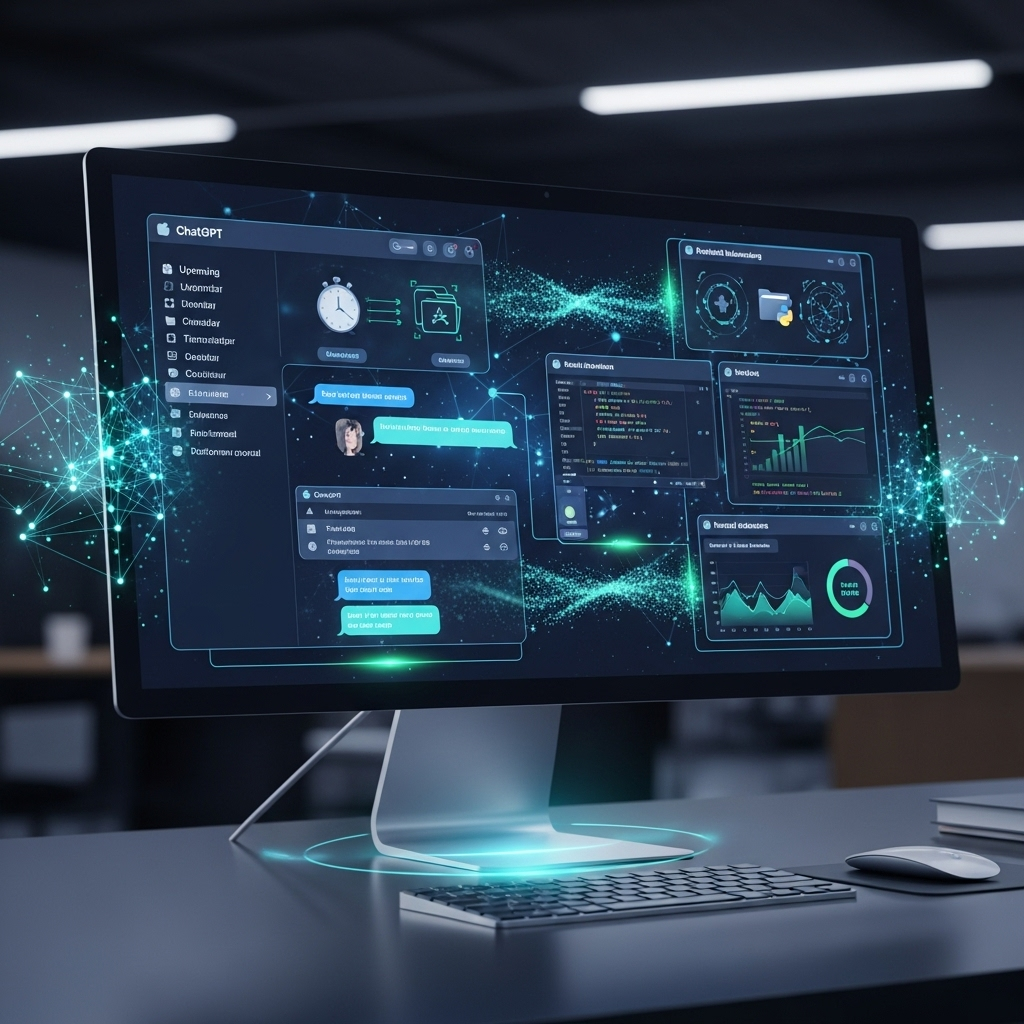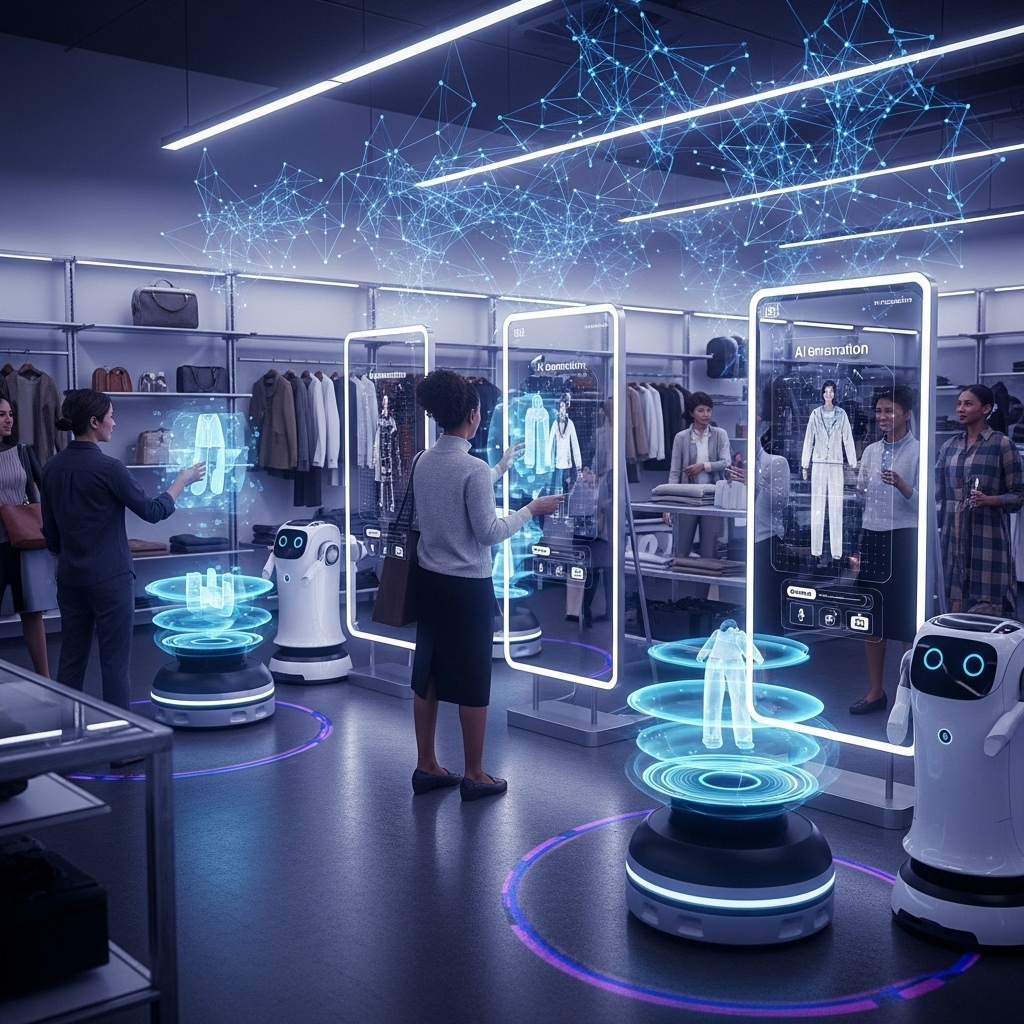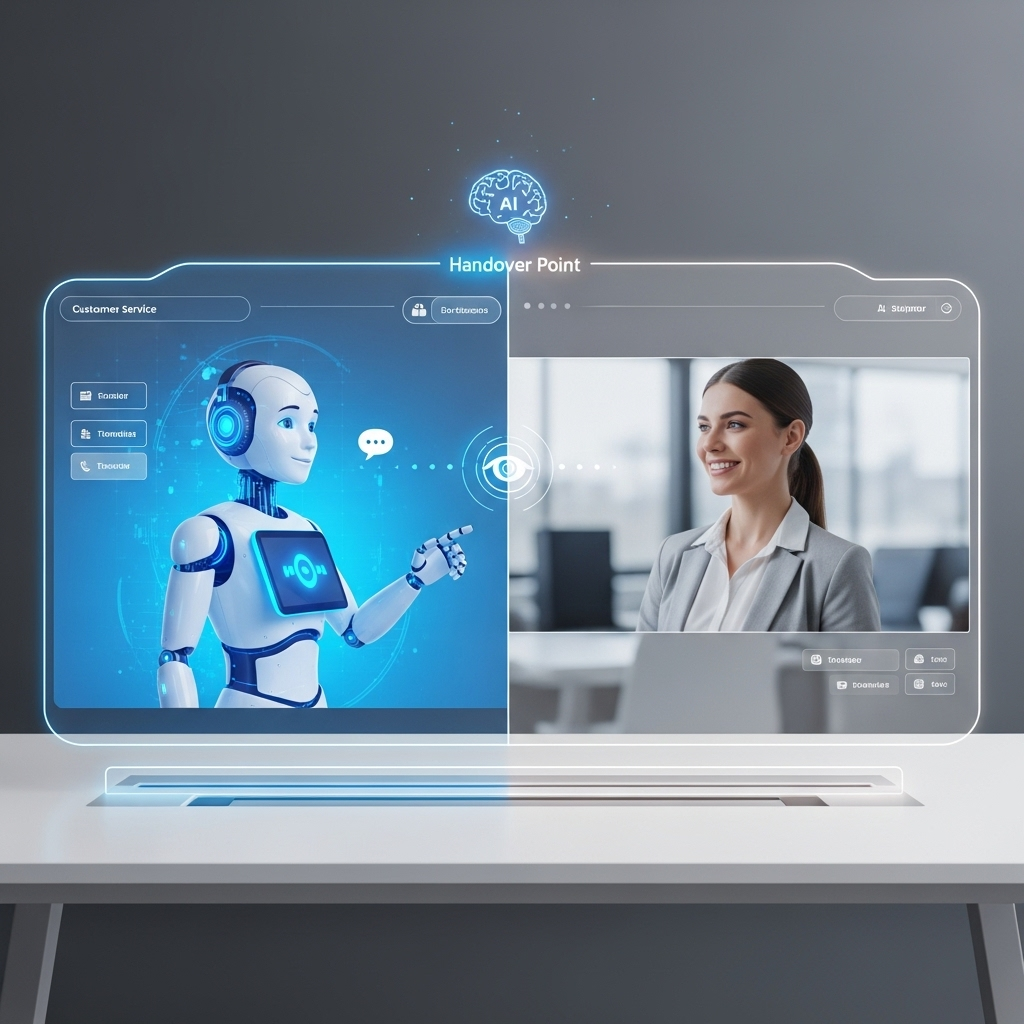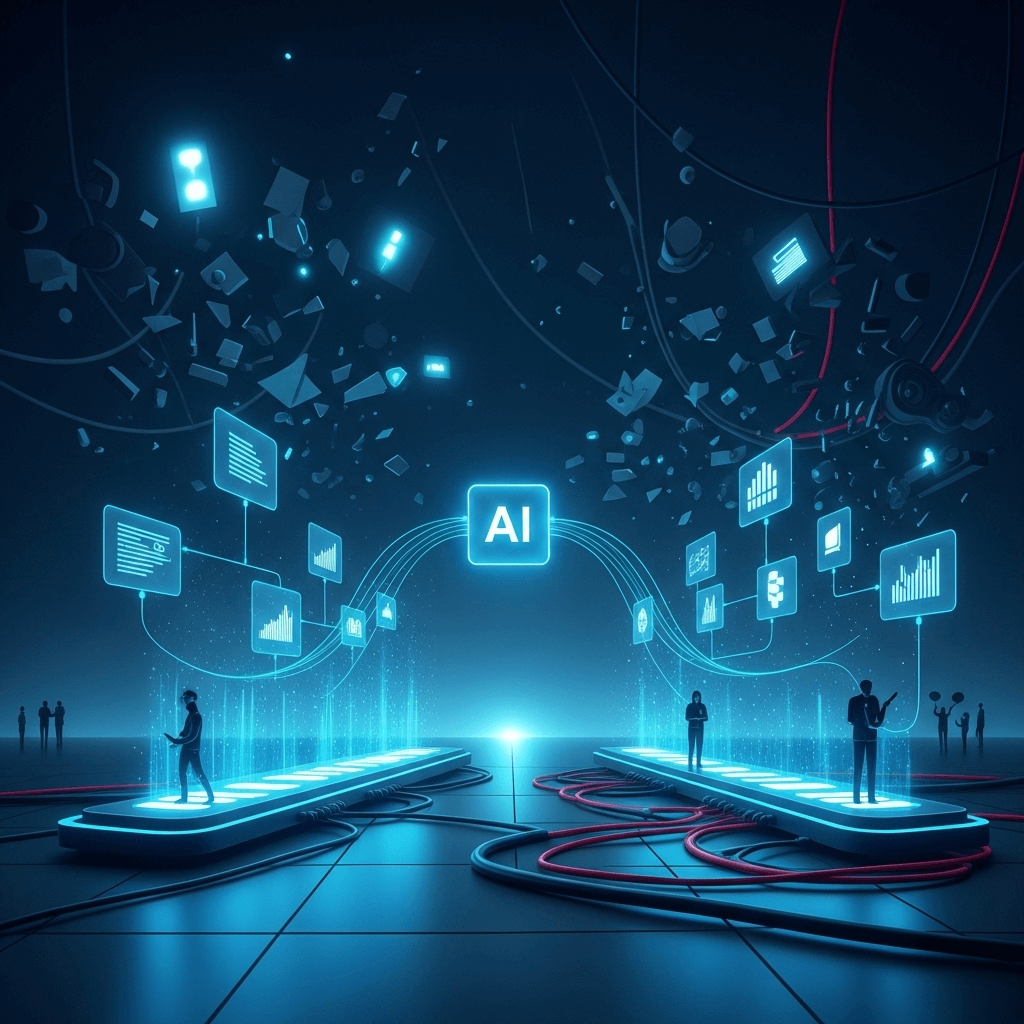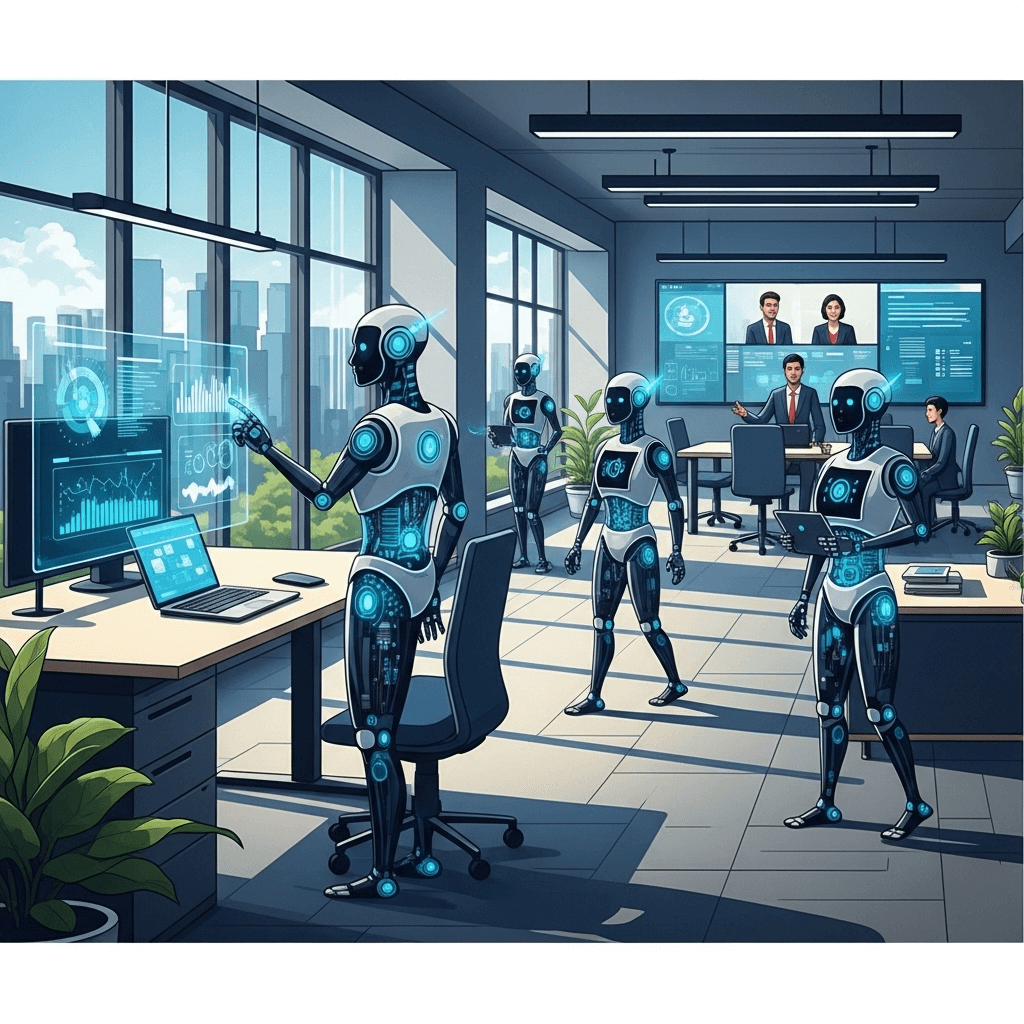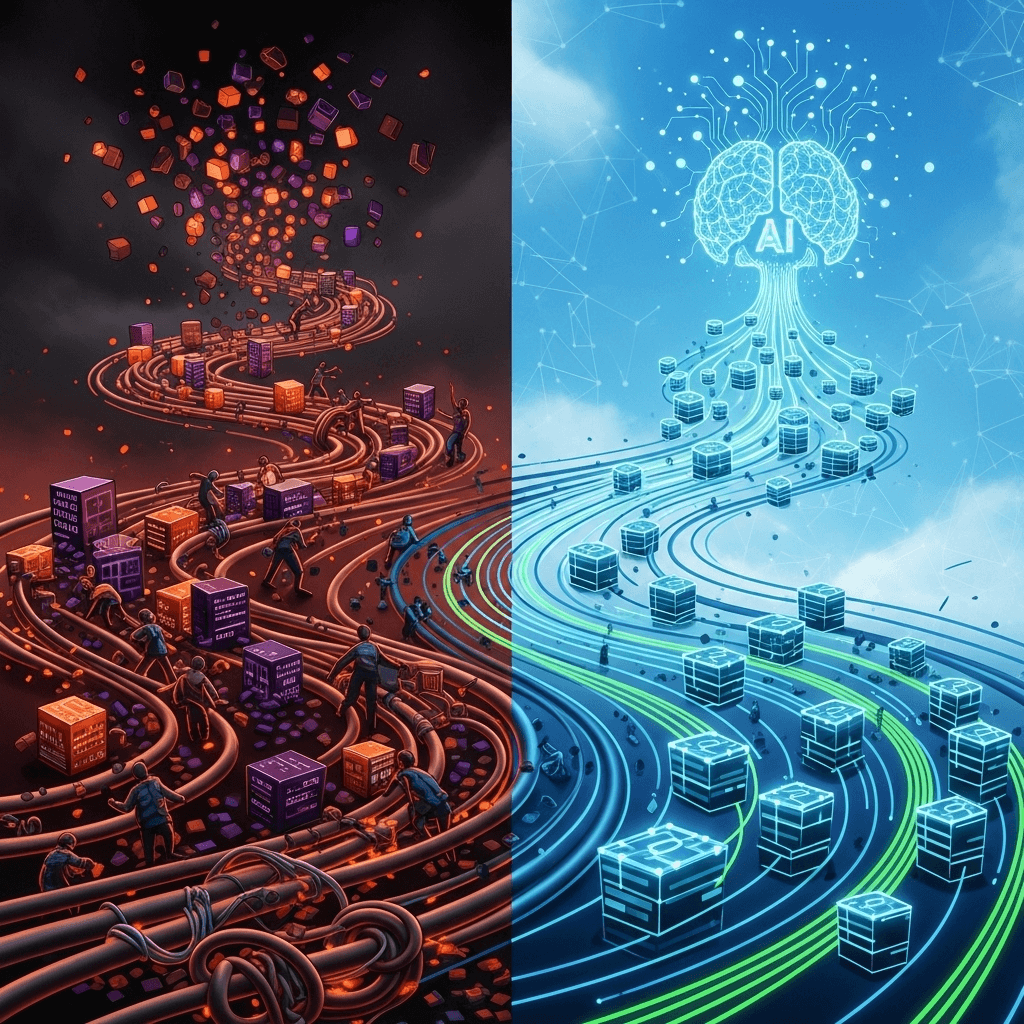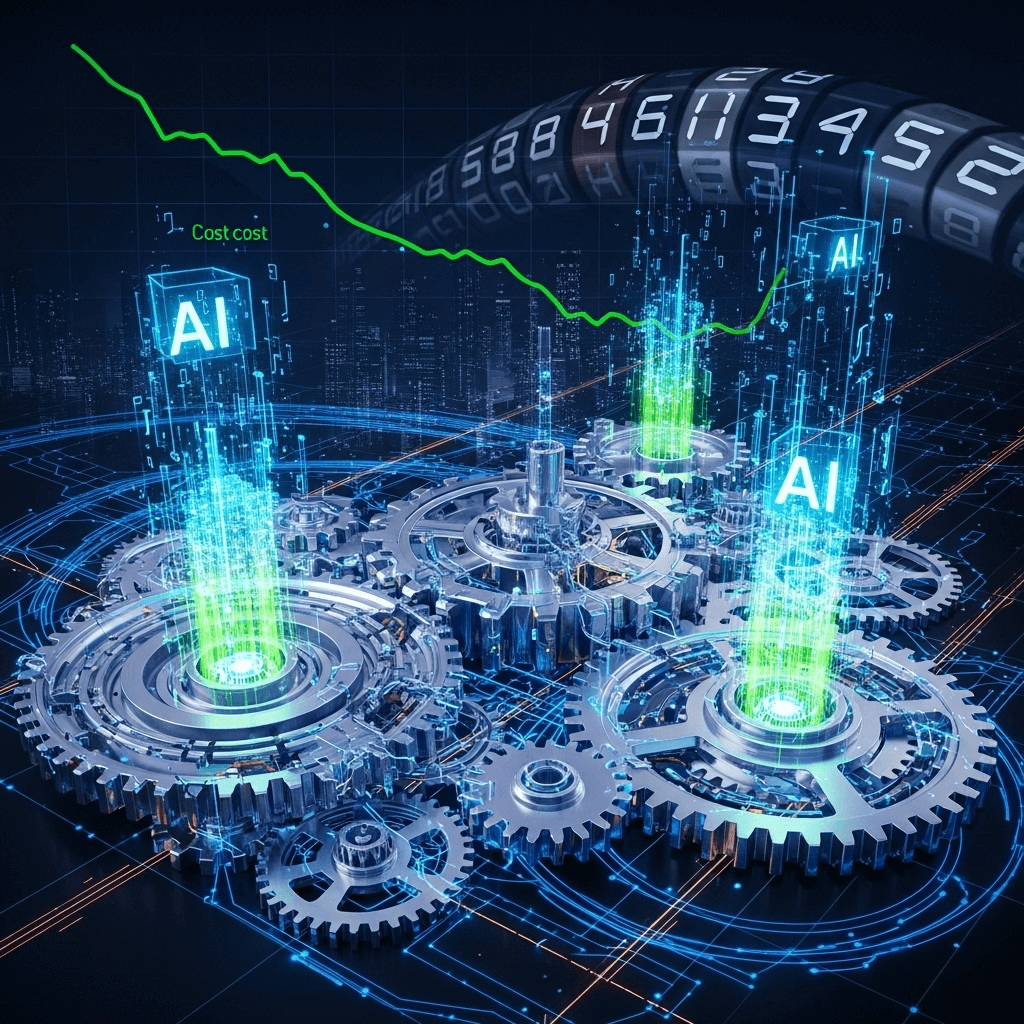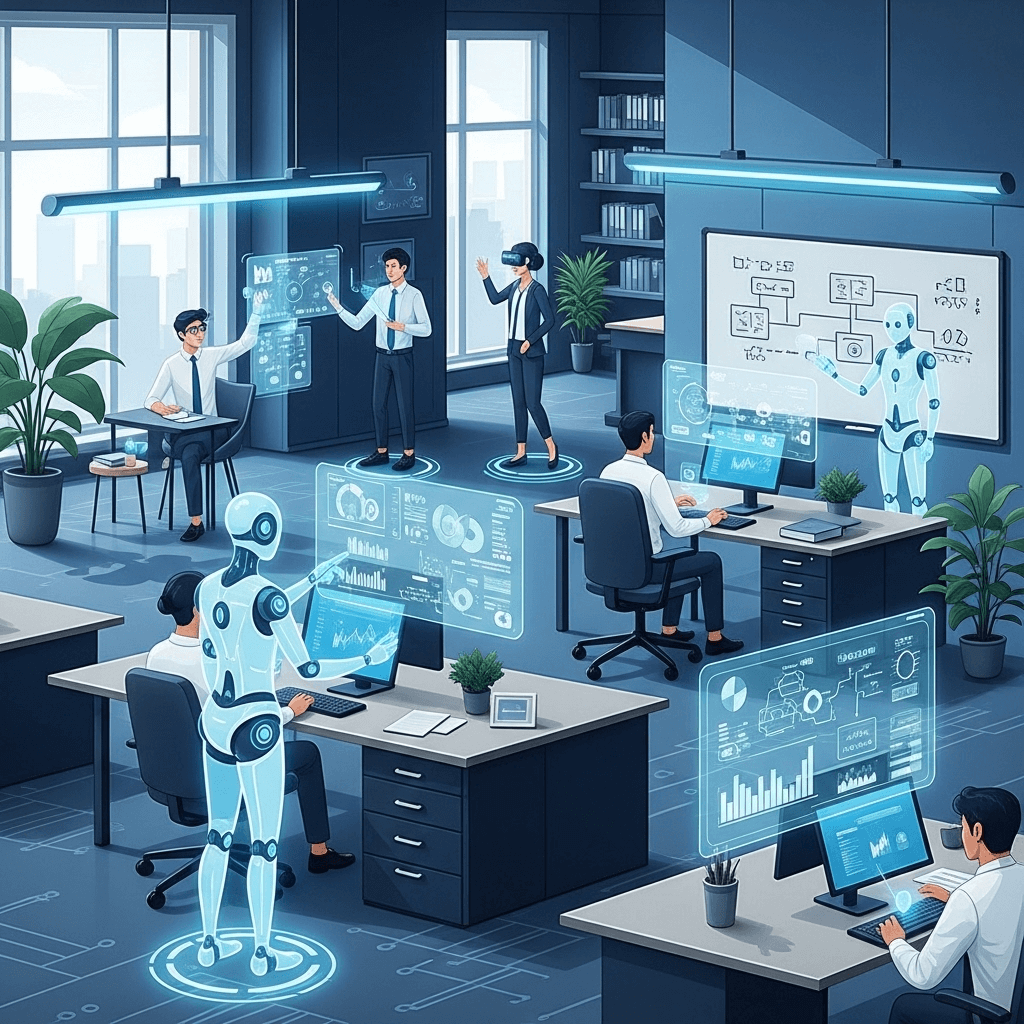The Generative AI Revolution: Top Trends Shaping 2025 and Beyond

The Generative AI Revolution: Shaping Tomorrow’s Enterprise
The business world is in the midst of a profound transformation, and at its heart lies Generative Artificial Intelligence (AI). The speed at which organizations are embracing this technology is nothing short of remarkable. According to a compelling report by McKinsey & Company, the use of generative AI in organizations surged to an impressive 71% in 2024. This marks one of the fastest adoption curves we’ve witnessed in enterprise technology, signaling a pivotal shift in how businesses operate, innovate, and compete.
But what exactly is driving this rapid embrace, and what can we expect as Generative AI continues to mature into 2025 and beyond? Let’s dive into the core trends.
Understanding Generative AI: More Than Just Chatbots
Before we explore the trends, let’s briefly define Generative AI. Unlike traditional AI that primarily analyzes existing data, Generative AI creates *new* content. This can range from text, images, and audio to code, designs, and even synthetic data. It learns patterns from vast datasets and then generates novel outputs that are often indistinguishable from human-created content. This creative capability is what makes it so revolutionary for businesses.
Why the Explosive Growth in Enterprise Adoption?
The 71% adoption rate isn’t just a number; it represents a fundamental change in business strategy. Several factors contribute to this rapid integration:
- Enhanced Efficiency and Automation: Generative AI automates repetitive tasks, from content creation to customer service, freeing up human capital for more strategic work.
- Unprecedented Innovation: It empowers businesses to rapidly prototype new ideas, design products, and generate creative solutions at scale.
- Competitive Advantage: Early adopters are gaining significant leads by leveraging GenAI for faster market entry, improved customer experiences, and optimized operations.
- Increased Accessibility: User-friendly interfaces and readily available tools (like large language models) have lowered the barrier to entry for businesses of all sizes.
Top Generative AI Trends to Watch in 2025 and Beyond
As Generative AI evolves, its impact will become even more pervasive. Here are the key trends defining its future:
1. Hyper-Personalization and Dynamic Customer Experiences
Expect GenAI to take personalization to new heights. From dynamically generated marketing copy tailored to individual preferences to AI-powered virtual assistants providing bespoke support, businesses will use GenAI to create unique, real-time customer journeys across all touchpoints. This will redefine customer engagement and loyalty.
2. Democratization of AI Creation and Low-Code/No-Code Tools
The ability to create and customize AI models will no longer be exclusive to data scientists. Low-code and no-code platforms powered by Generative AI will allow a broader range of employees – from marketing to operations – to build AI applications, accelerating innovation across departments without deep technical expertise.
3. Multimodal AI Capabilities Becoming Mainstream
Current GenAI models are often strong in one modality (e.g., text or image). The future will see increasingly sophisticated multimodal AI that can seamlessly understand, interpret, and generate content across text, images, video, and audio simultaneously. This will lead to more holistic and intelligent applications, from advanced content synthesis to sophisticated digital twins.
4. Enhanced Ethical AI, Governance, and Trust Frameworks
As GenAI becomes more integrated, the focus on ethical considerations, transparency, bias mitigation, and robust governance will intensify. Regulations will evolve, and businesses will invest heavily in AI ethics frameworks, explainable AI (XAI), and tools to ensure fair, secure, and responsible AI deployment, building greater public trust.
5. Specialized and Domain-Specific Models
While general-purpose models are powerful, the next wave will emphasize highly specialized Generative AI models. These models will be fine-tuned on industry-specific data (e.g., legal, healthcare, finance, engineering) to provide hyper-accurate and contextually relevant outputs, solving niche problems with unprecedented precision.
6. Augmented Human Intelligence and Collaboration
Generative AI won’t just automate; it will augment human capabilities. Expect more sophisticated AI co-pilots that assist professionals in complex tasks, from writing code and designing products to performing scientific research and strategic planning. The future of work will be defined by seamless human-AI collaboration.
7. Edge AI Integration and Hybrid Architectures
To reduce latency and improve data privacy, more Generative AI processing will occur at the ‘edge’ – closer to the data source, on devices, or within local networks. This will lead to hybrid AI architectures where complex models are trained in the cloud but inference and lighter tasks are performed locally, enabling faster, more secure, and efficient applications.
Navigating the Future: Challenges and Opportunities
While the opportunities are vast, businesses must also prepare for challenges. These include managing data privacy and security, addressing potential biases in AI outputs, upskilling their workforce, and developing clear strategies for AI adoption. The key to success will be a thoughtful, ethical, and strategic approach to integrating Generative AI into the core of business operations.
Embrace the Generative AI Era
The rapid 71% adoption rate of Generative AI is a clear indicator that this technology is not just a trend but a foundational shift. For businesses looking to thrive in 2025 and beyond, understanding these evolving trends and proactively integrating Generative AI into their strategy will be paramount. The future is creative, intelligent, and collaboratively built with AI.

 English
English 